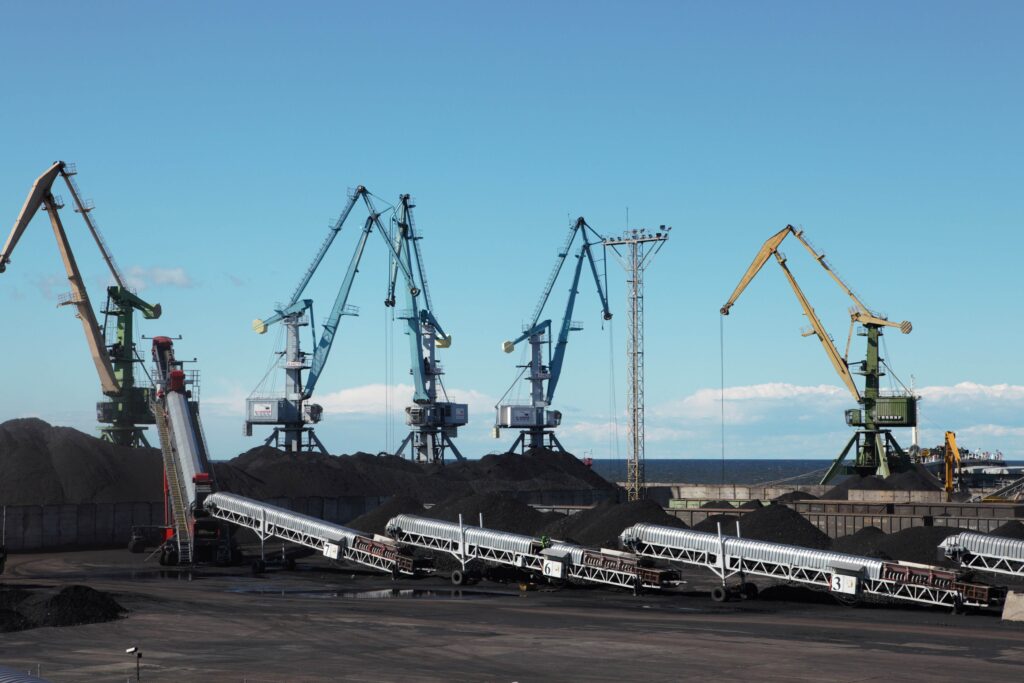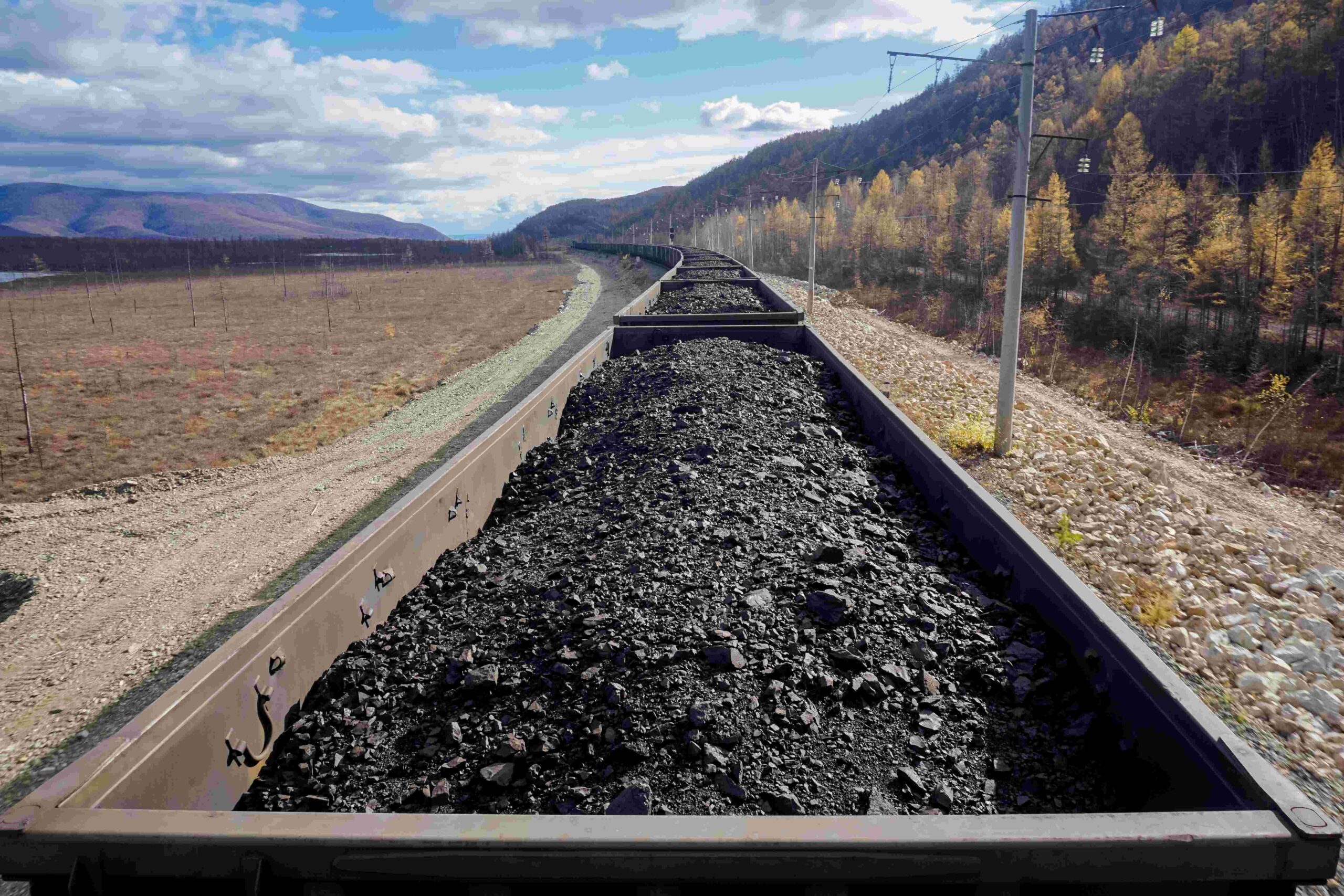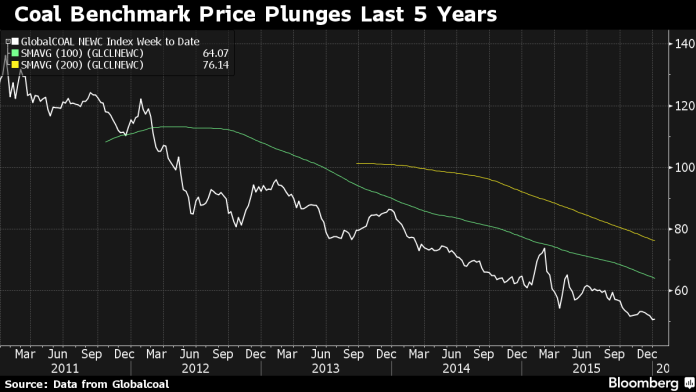

Over the past week, coal prices on the Atlantic market returned to growth, reaching a 3-month high and holding in the range of 116-118 USD/t. Quotes are supported by a reduction in stocks, strengthening gas prices on the back of lower supplies, as well as forecasts of lower wind generation output. Inventories at ARA terminals decreased for the fifth week in a row to 6.1 mio t, with re-export operations to other countries suspended.
Gas quotations at TTF hub strengthened to 306 USD/1,000 m3 (+27 USD/1,000 m3 w-o-w) on reduced Norwegian gas supplies, following maintenance of several gas fields. Storage facilities are still filled at 60%.
South African High-CV 6,000 exceeded 100 USD/t level for the first time since mid-December 2023, driven by rising indices in Europe, as well as stable demand from India and Pakistan. Some market participants say all shipments for April have been already sold out, that is also contributing to higher prices.
Exxaro Resources is cutting production costs to ensure it can keep trucking coal to export terminals. In 2023, Exxaro’s trucking accounted for about 0.5 mio t, or 10% of 5.1 mio t exported. The remaining volume came from rail shipments to Richards Bay Coal Terminal (RBCT). With rail infrastructure capacity remaining limited in 2024, Exxaro expects to export 5.7-6.3 mio t in 2024, remaining profitable even if prices fall to 80 USD/t.
South African operator Transnet plans to run maintenance of rail line to RBCT from July 11 to 20. Consequently, loading to RBCT will be suspended and shipments will be carried out using stockpiles, which currently stand at 2.7 mio t, while about 5 mio t should be in stock by the time the maintenance begins to avoid disruptions or slowdowns in export operations.
In China, spot prices for 5,500 NAR at the port of Qinhuangdao went down 7 USD/t to 122 USD/t as domestic quotes keep falling due to weaker demand from power and industrial plants, as well as warmer weather and high inventories. Coal consumption at power plants dropped by 9% since the beginning of the month. Moreover, Shenhua, a division of China Energy, cut prices in Inner Mongolia province by 2.5 USD/t on March 14. Some Chinese traders expect the downward trend to persist for another 2-3 weeks.
Inventories at the 6 largest coastal thermal power plants increased by 0.2 mio t to 13 mio t, while consumption fell from 807 kt/day to 782 kt/day. Stocks at the 9 largest ports totaled 22 mio t, almost unchanged from the previous week.
Indonesian 5,900 GAR lost 1 USD/t to 93 USD/t on the back of high freight rates and falling domestic prices in China. Pressure on quotations is also exerted by high stockpiles in India, that increased over the past week by 3% and reached a historical high of 48 mio t, driven by an increase in domestic supply. In addition, high volatility resulted in a large spread between supply and demand prices.
Australian High-CV 6,000 quotations are moving in the range of 123-125 USD/t.
Prices are under pressure because of the slowdown in spot market activity, resulting from the seasonal factor, as well as high and volatile freight rates. Lower prices in the Chinese domestic market led to the situation when in some cases Chinese buyers were trying to renegotiate prices under already concluded agreements.
Australian metallurgical coal HCC index stood at the level of 245 USD/t. Market participants point out that last week about 0.5 mio t could not find a buyer and suppliers from the U.S. sold the material at dumping prices.
Australian investment bank Macquarie forecasts the average price of HCC coking coal at 300 USD/t by the end of this year. Analysts attribute this to a weaker market compared to last year, mainly because of supply improvements in the near term. Macquarie also expects coal shipments from Australia to climb to 160 mio t this year.
Source: CAA













